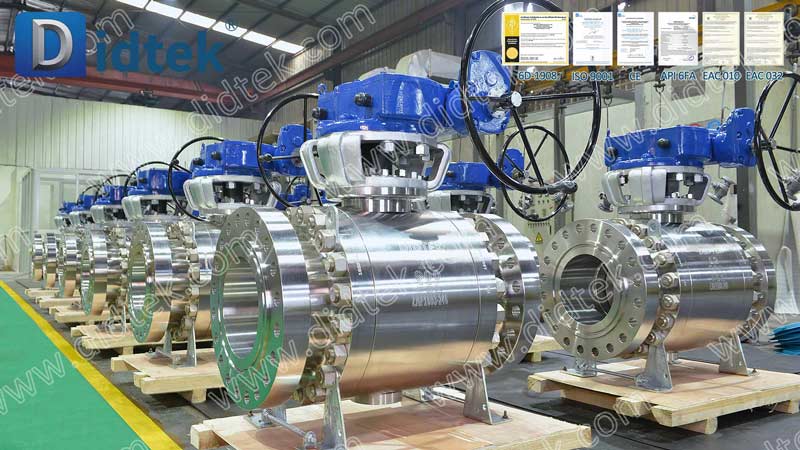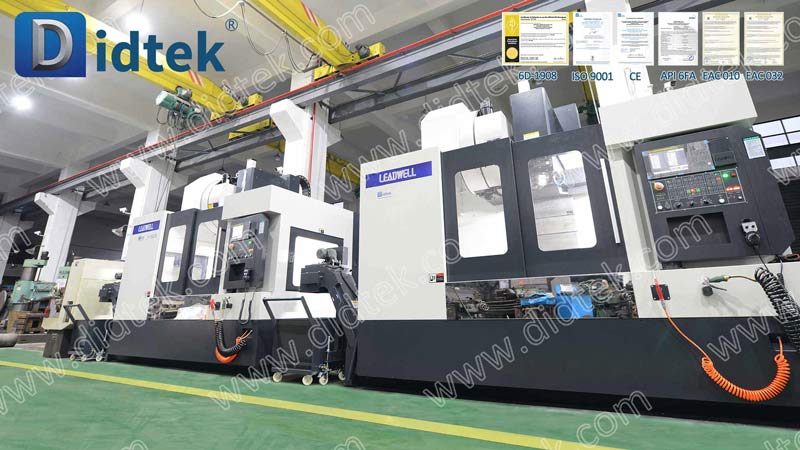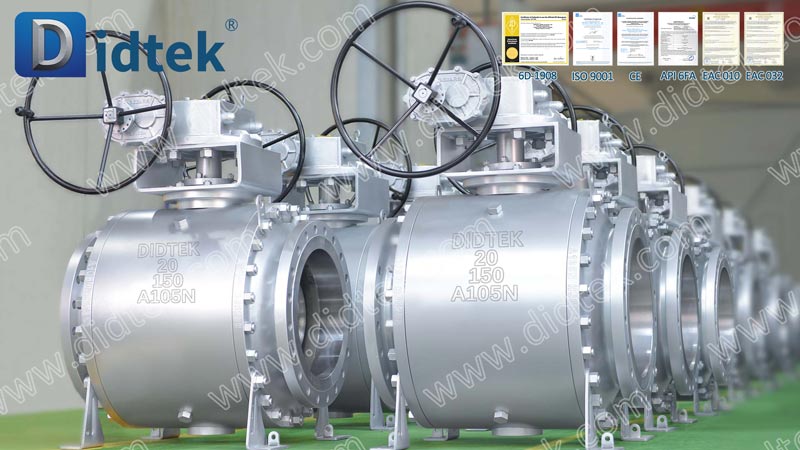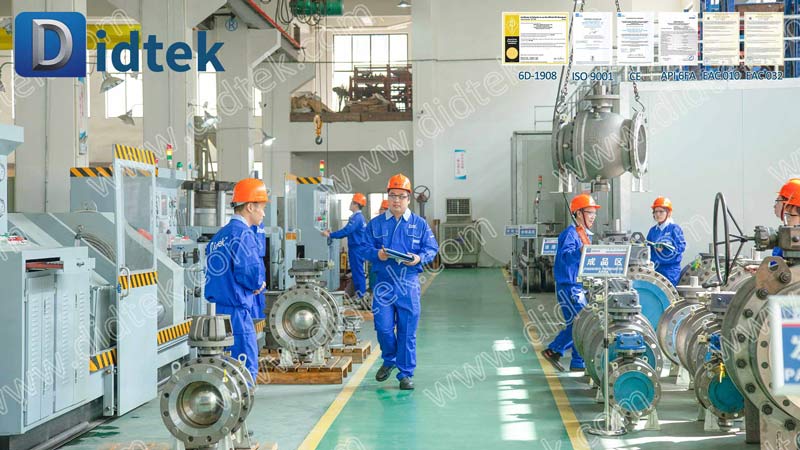Ball valve was introduced in the 1950s, with the rapid development of science and technology, production technology and product structure continue to improve, in just 50 years, the ball valve has rapidly developed into the main valve.
What is the role of ball valves?
The ball valve is mainly used to cut off, distribute and change the flow direction of the medium in the pipeline. It only needs to be rotated 90 degrees to close tightly with little torque. The ball valve is most suitable for use as an open or closed valve.

What are the characteristics of ball valves?
1. The flow resistance of ball valves is minimal, practically zero.
2. Ball valves do not jam when operating without lubricant, so they can be used reliably for corrosive media and low boiling point liquids.
3. Ball valves can achieve 100% sealing over a wide range of pressures and temperatures.
4. The ball valve can achieve ultra-fast opening and closing, with opening and closing times of only 0.05 to 0.1s for some configurations, which can ensure use in automated systems in test benches. The operation is shock-free when opening and closing the valve quickly.
5. The ball valve's ball closure can be automatically positioned in place.
6. The working medium can be reliably sealed on both sides.
7. When fully open and fully closed, the sealing surfaces of the ball and seat are isolated from the media, so the media passing through the valve at high speed will not cause erosion of the sealing surfaces.
8. The ball valve is compact and light in weight. It can be said to be the most reasonable valve structure for low-temperature media system.
9. The body of the ball valve is symmetrical, especially in the welded body structure, which can well withstand the stress from the pipeline.
10. The closing part of the ball valve can withstand the large pressure difference during closing.
11. The fully welded ball valve can be buried directly into the ground so that the internal parts of the valve are not subject to erosion and have a maximum service life of 30 years.

What can ball valves be used for?
The many unique characteristics of ball valves determine their relatively wide range of applications.
In general, ball valves are recommended for piping systems with two-position adjustment, tight sealing performance, slurry, abrasion, necked passages, fast opening and closing action, high pressure shutoff, low noise, cavitation and vaporization phenomena, low leakage to atmosphere, low operating torque, and low fluid resistance.
Ball valves are also suitable for light structure, low pressure shut-off and corrosive media piping system. Ball valves can also be used in low-temperature installations and piping systems. In the metallurgical industry, oxygen piping systems are used with ball valves that are strictly degreased. When oil pipelines and natural gas pipelines require

How do I choose a valve type?
1.Oil and gas pipelines: Full bore fully welded ball valves are suitable for pipelines that need to be cleaned and buried.
2. Buried:Full bore welded or flanged ball valves can be selected.
3. Branch pipeline with flange connection: You can choose welded connection or full bore or reduced diameter ball valve.
4. Transportation pipelines and storage equipment for refined oil products: Flange-connected ball valves.
5. City gas and natural gas pipelines:Flange connection and floating ball valve with internal thread connection.
6. Metallurgical system of oxygen pipeline system: Fixed ball valve with strict degreasing and flange connection.
7. Low-temperature media piping systems and devices: Low-temperature ball valves with valve covers.
8.Piping system of catalytic cracking device of oil refining unit: Lifting rod ball valve.
9. Chemical system of acid, alkali and other corrosive media in the device and piping system: Stainless steel ball valve made of austenitic stainless steel, seat seal for PTFE.
10. Metallurgical systems, power systems, petrochemical installations and urban heating systems in high-temperature media piping systems or devices: Metal-to-metal sealed ball valves can be selected.
11. When you need to adjust the flow: You can choose worm drive, pneumatic or electric regulating ball valves with V-shaped opening.

Summary
The use of ball valves is very widespread, and the types and numbers used are expanding. It has developed into a valve with high pressure, high temperature, large diameter, high sealing, long life, excellent regulating performance and multi-functional direction. Its reliability and other performance indicators have reached a high level, and can partially replace gate valves, globe valves and regulating valves.
With the progress of ball valve technology, in a short foreseeable time, ball valves will have a wider range of applications, especially in oil and gas pipelines, cracking units for oil refining and the nuclear industry. In addition, ball valves will also become one of the leading valve types in other industries in large and medium bore and medium and low pressure areas.

